Complaint process
When responding to complaints, our staff (paid and volunteer) act in accordance with complaint handling procedures as well as any other internal documents providing guidance on the management of complaints.
Staff should also consider any relevant legislation and/or regulations when responding to complaints and feedback.
The five key stages in our complaint management system are set out below
1. Receive
Unless the complaint has been resolved at the outset, we will record the complaint and its supporting information. We will also assign a unique identifier/number to the complaint file.
The record of the complaint will document:
- Contact information of the person making a complaint and the date received
- Issues raised by the person making a complaint and the outcome/s they want
- Any other relevant information,. and
- Any additional support the person making a complaint requires.
2. Acknowledge
We will acknowledge receipt of each complaint promptly, and preferably within 5 working days. When appropriate we may offer an explanation or apology.
Consideration will be given to the most appropriate medium (e.g. email, letter) for communicating with the person making a complaint.
3. Assess and investigate
3.1. Initial assessment
After acknowledging receipt of the complaint, we will confirm whether the issue/s raised in the complaint is/are within our control. We will also consider the outcome/s sought by the person making a complaint and, where there is more than one issue raised, determine whether each issue needs to be separately addressed. When determining how a complaint will be managed, we will consider:
- How serious, complicated or urgent the complaint is
- Whether the complaint raises concerns about people’s health and safety
- How the person making the complaint is being affected
- The risks involved if the resolution of the complaint is delayed, and
- Whether a resolution requires the involvement of other organisations.
3.2. Investigating the complaint
After assessing the complaint, we will consider how to manage it. We may:
- Give the person making a complaint information or an explanation
- Gather information about the issue, person or area that the complaint is about, or
- Investigate the claims made in the complaint.
We will keep the person making the complaint up-to-date on our progress, particularly if there are any delays. We will also communicate the outcome of the complaint using the most appropriate medium. Which actions we decide to take will be tailored to each case and consider any statutory requirements.
4. Determine outcome and provide reasons for the decision
Following consideration of the complaint and any investigation into the issues raised, we will contact the person making the complaint and advise them:
- The outcome of the complaint and any action we took
- The reason/s for our decision
- The remedy or resolution/s that we have proposed or put in place, and
- Any options for review that may be available to the complainant, such as an internal review, external review or appeal.
5. Close the complaint: document and analyse data
5.1. Document
We will keep records about:
- How we managed the complaint
- The outcome/s of the complaint (including whether it or any aspect of it was substantiated, any recommendations made to address problems identified and any decisions made on those recommendations), and
- Any outstanding actions to be followed up, including analysing any underlying or root causes.
5.2. Analyse data
We will ensure that outcomes are properly implemented, monitored and reported to the complaint handling manager, senior management or the Chair of our Board of Directors.

